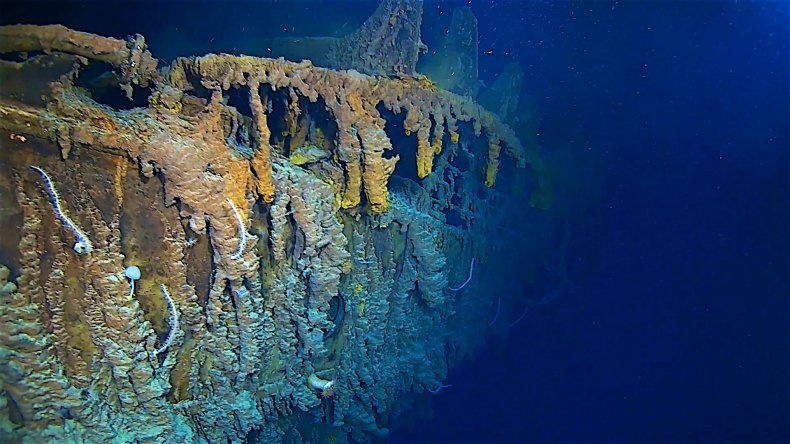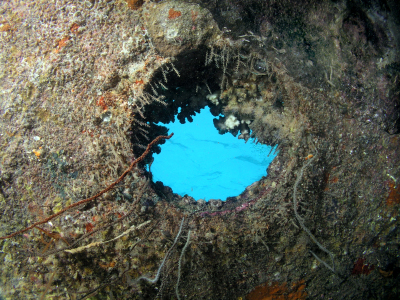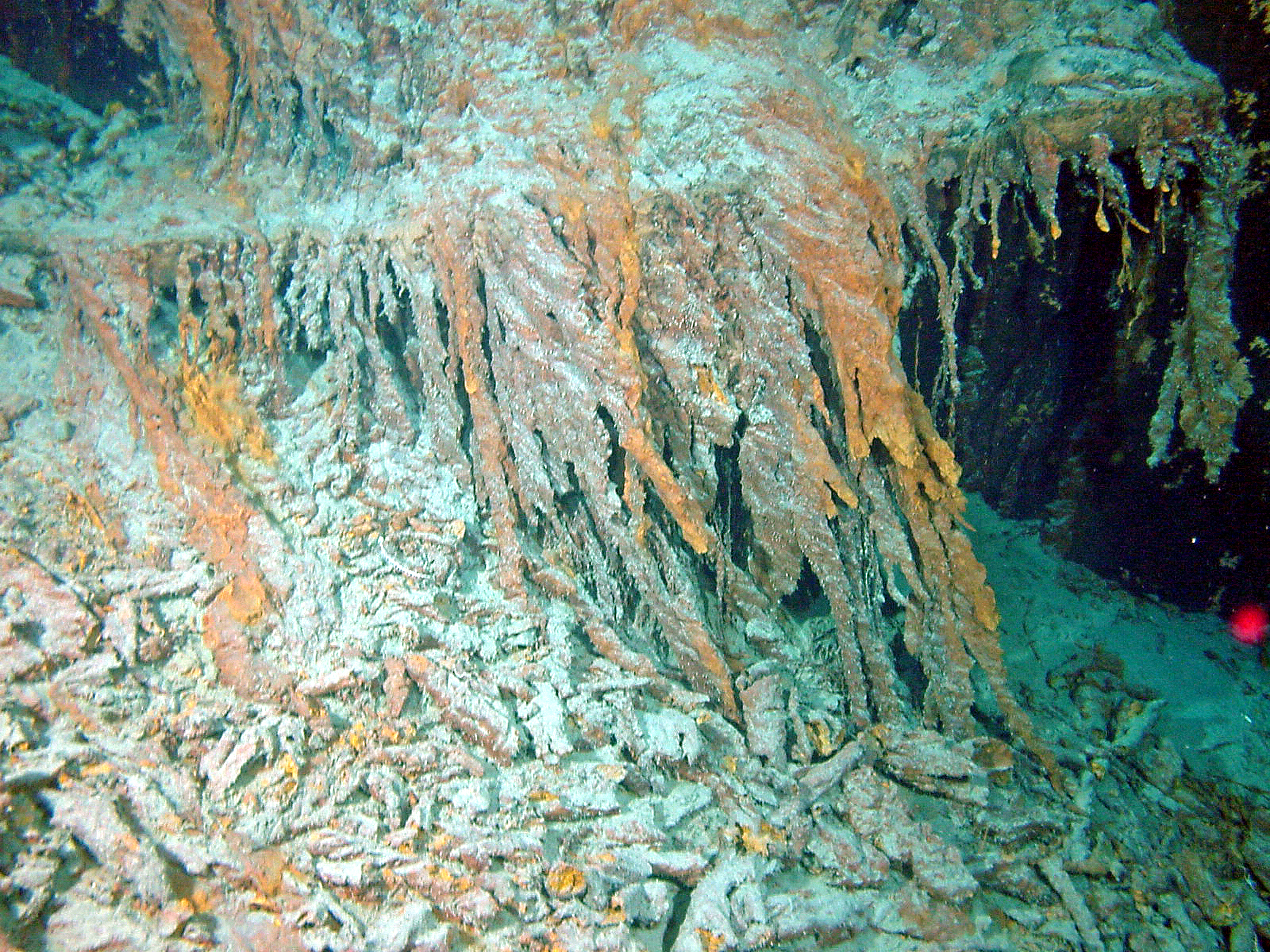In 1912, the RMS Titanic met a fateful demise as it crashed into the depths of the North Atlantic Ocean, leaving a mark on the world's collective memory, and igniting a lasting fascination with its unfortunate voyage. Films have been made, myths circulate worldwide, and diligent researchers have conducted their investigations.
It’s estimated that the Titanic could completely deteriorate and collapse by 2030.
Fast forward to recent times, on June 18, 2023, a modern submersible named the Titan, managed by OpenGate, was on a mission to transport adventurous tourists on a journey into the ocean's depths, exploring historical shipwrecks and underwater canyons. Tragically, the Titan mysteriously vanished during its expedition to the resting place of the Titanic. The disappearance of this modern structure has sent shockwaves through the maritime community and the broader public, raising questions and concerns about the complexities of underwater exploration and the mysteries that lie beneath the surface.

The human impact on our planet is immense and should not be underestimated, as the echoes of "We were here" resound everywhere. Yet, nature possesses its own means to eradicate this impact – this time it is a bacterium. The ‘extremophile bacteria’ at the bottom of the ocean are “eating” the wreckage of Titanic. It’s estimated that the Titanic could completely deteriorate and collapse by 2030. Named after the Titanic, the rust-eating microbe is known as Halomonas titanicae. It was initially discovered in 2010, thriving in rusticles that had formed within the wreck of the legendary ship. This bacterium has the ability to cause corrosion in steel, particularly under conditions of extremely low oxygen levels, such as those found in the deep ocean depths, which accelerates the degradation process.
As the bacteria continue to feed on the remains of the Titanic, it is anticipated that the entire wreckage will eventually succumb to its relentless action, with the nutrients recycled into the ocean's ecosystem.
The bacterium poses a significant threat to man-made objects submerged in the depths of the sea, as it consumes steel components. As it continues to feed on the remains of the Titanic, it is anticipated that the entire wreckage will eventually succumb to its relentless action, with the nutrients recycled into the ocean's ecosystem. Already, various essential structures of the ship have collapsed, including the 100-foot forward mast, the crow's nest, the poop deck, the gymnasium, and part of the captain's cabin.

The rapid deterioration has prompted plans to document the Titanic wreckage before it becomes lost to history forever. The memory of the Titanic will endure in our collective consciousness as human beings forever, even though its physical remains may soon deteriorate. The iconic ship's legacy is destined to persist throughout generations, but its material existence faces the inevitable passage of time.

Titanic girl 14
I love the history of the titanic.
I think they should just leave the titanic alone over 1,500 people lost their lives it is a gravesite for those lost souls you should let those people rest in peace.
Posted on